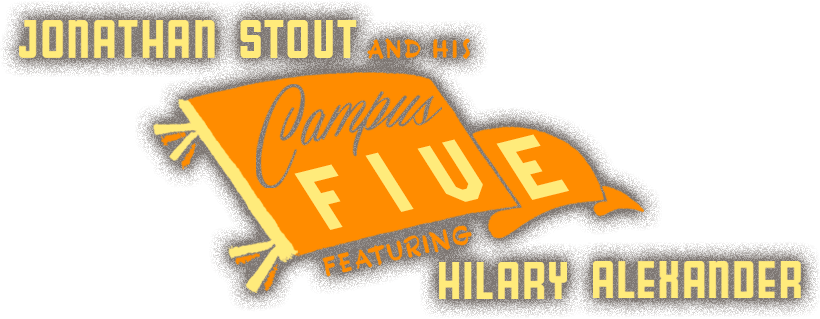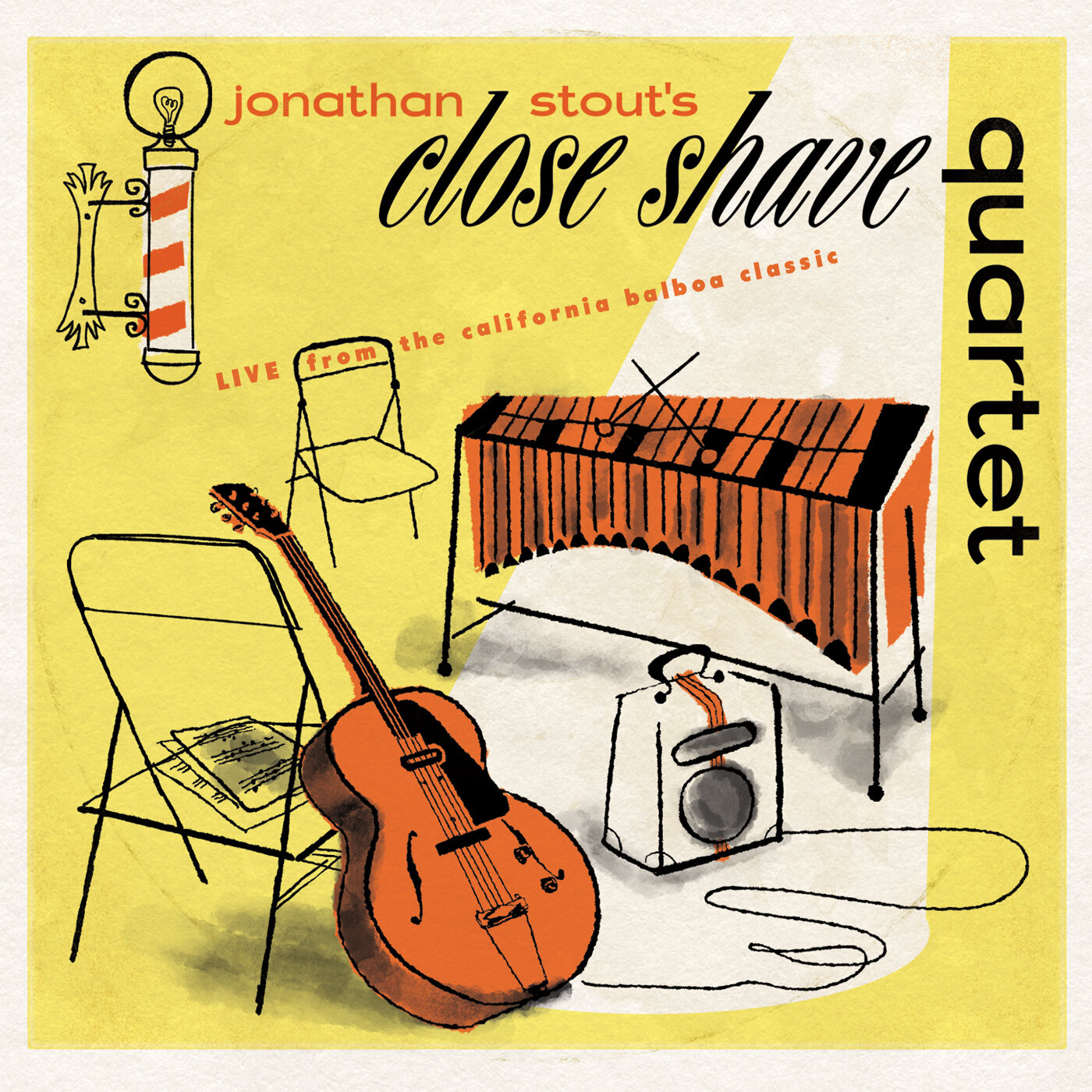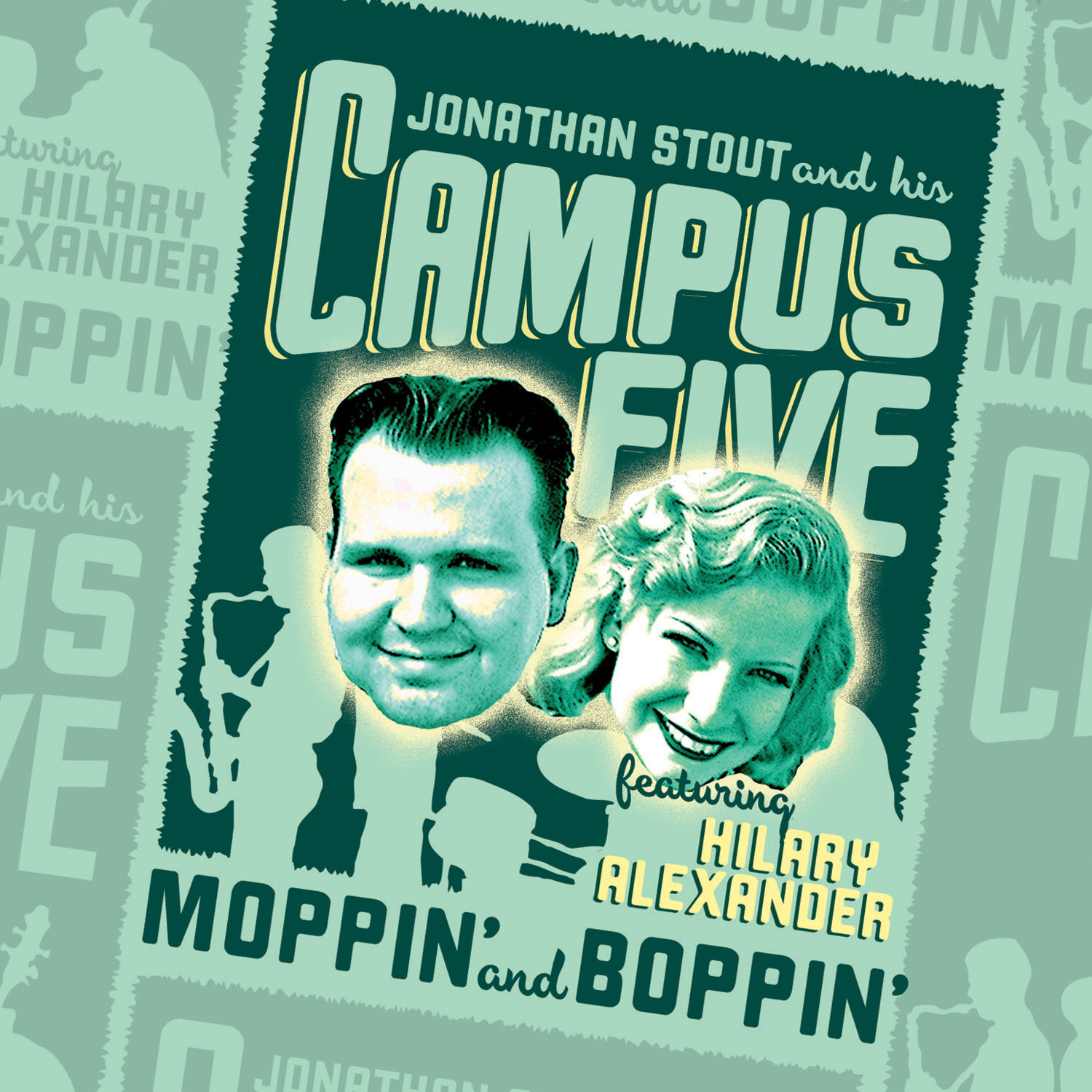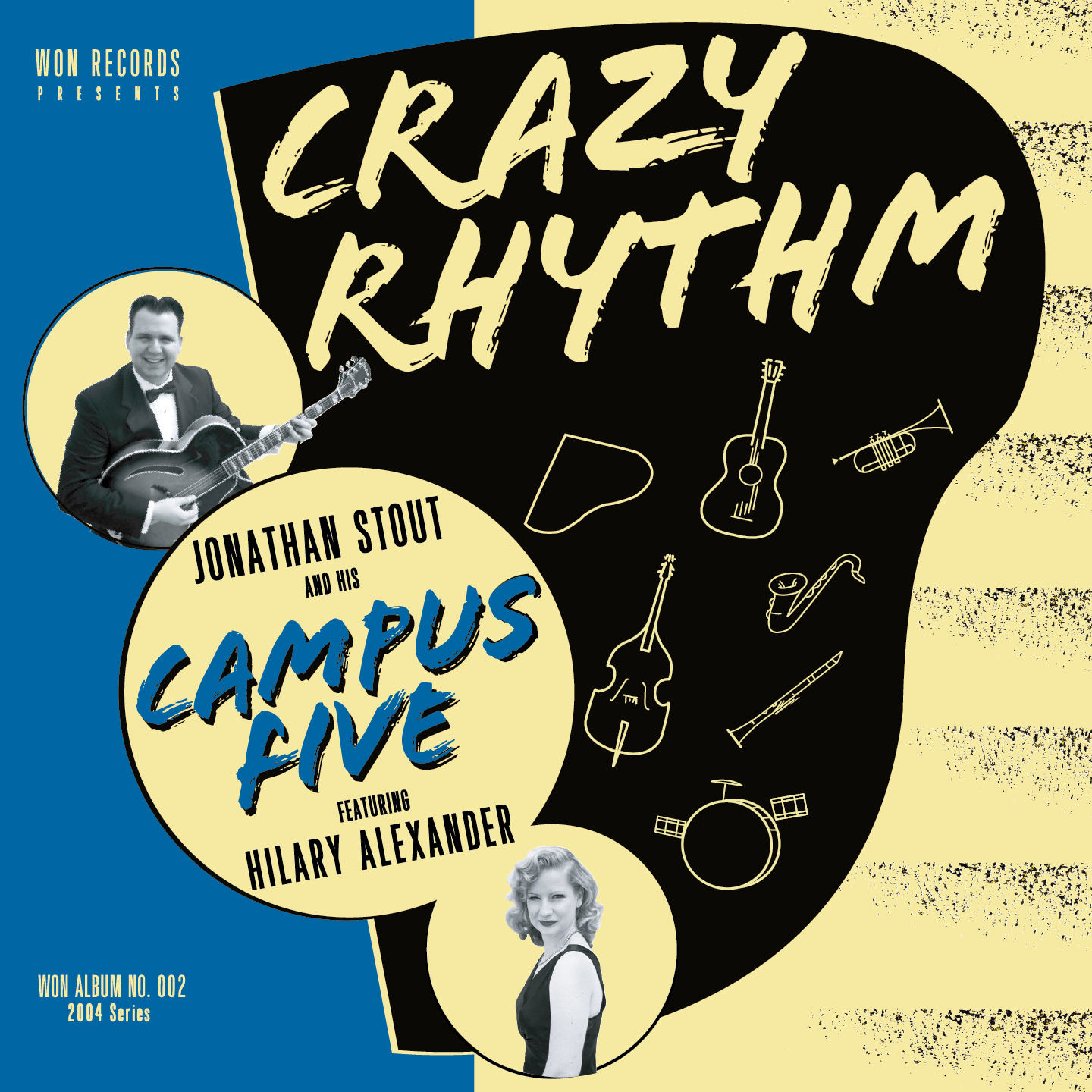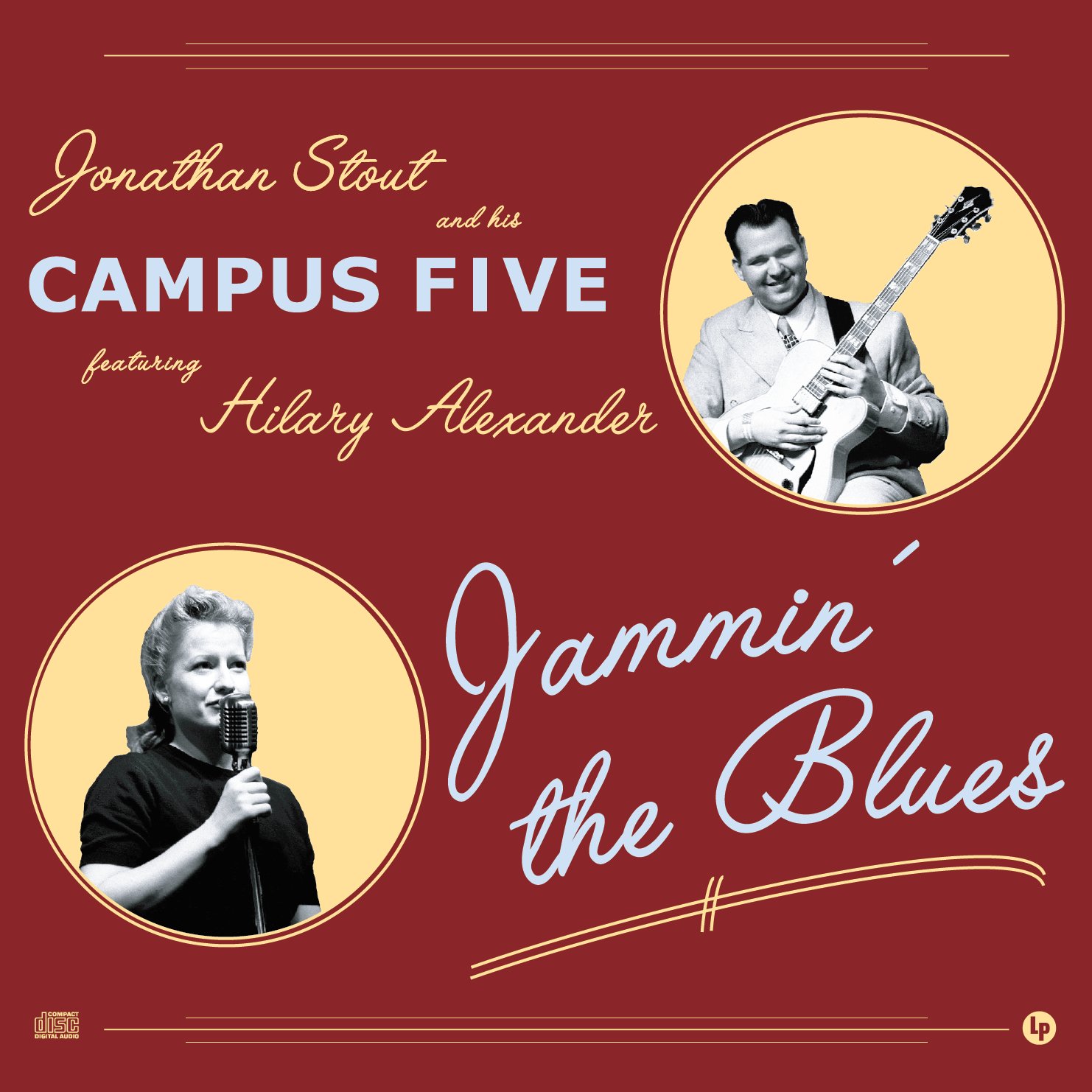Video Blog - Block-Chord solo on "Devil and the Deep Blue..."
/New technology is pretty cool. My new Yeti microphone along with Garageband is making recording decent quality audio unbelievably easy. I can record backing tracks (some of which I've posted, and many more to come), and then record myself practicing over them to evaluate my playing. It wasn't until I listened back to a block-chord solo transcription I'm working on that I realized that I was cheating the timing.
A couple years ago, I recorded a couple videos of me playing. It was stupidly hard. I recorded a couple takes on a mini-DVD camcorder, had to finalize the disc, import the video into my computer (then using windows XP), and translate the video file through a couple different formats, before finally uploading it to youtube. Ugh. I'm cringing just remebering how obnoxious it was.
Now, I just used the webcam on my laptop, along with the improved audio form the Yeti, recorded directly into iMovie, edited the beginning and ending, added a caption, faded the video in and out, and exported a file format that was easily uploaded to youtube. Soooo much easier. The video quality isn't great by comparision, since even my phone now shoots HD video. I'm guessing that basic HD webcam is in my future.
So here's what I did with....
I've been really working on Allan Reuss/George Van Eps/Carl Kress/Dick McDonough-style block-chord soloing. I was kickstarted by the awesome playing of my new Japanese friends, Yuji Kamihigashi and Takashi Nakayama (from the Sweet Hollywaiians) whose videos I wrote about preivously. I started working on "Test Pilot" by George M. Smith, and then I found a transcription of Allan Reuss's solo on Benny Goodman's 1935 "If I Could be With You...." Then I played a gig subbing the Careless Lovers (our buddies from Seattle). Since the band has no piano or second guitar, it helps to play block-chord solos to fill out the sound. I spent about two weeks woodshedding their tunes and especially one block-chord solos on those tunes.
The video is the fruit of that labor. I'm was doing a dry run on making a video blog, so I wasn't going for perfect. I only tooks 2 passes, and this was the better take. The tune is "Between the Devil and the Deep Blue Sea." I recorded the playalong track when I was working on the tune for the Careless Lovers gig. (It wasn't until after I'd recorded the track that I discovered the last 4 bars of the bridge weren't quite right, but I didn't bother to record another track).
One last thing to mention: I've radically rethought my view on picks, at least for block-chord solos. I recorded this using a "medium" pick. Yeah, a standard Fender medium celluloid pick. After over 10 years of using supersized picks, it's a trip to be using something so thin, and something so readily available. I'm still digging a thicker pick for normal rhythm and single-note work, but when it comes to block-chord soloing, I think you really need a thinner pick.
